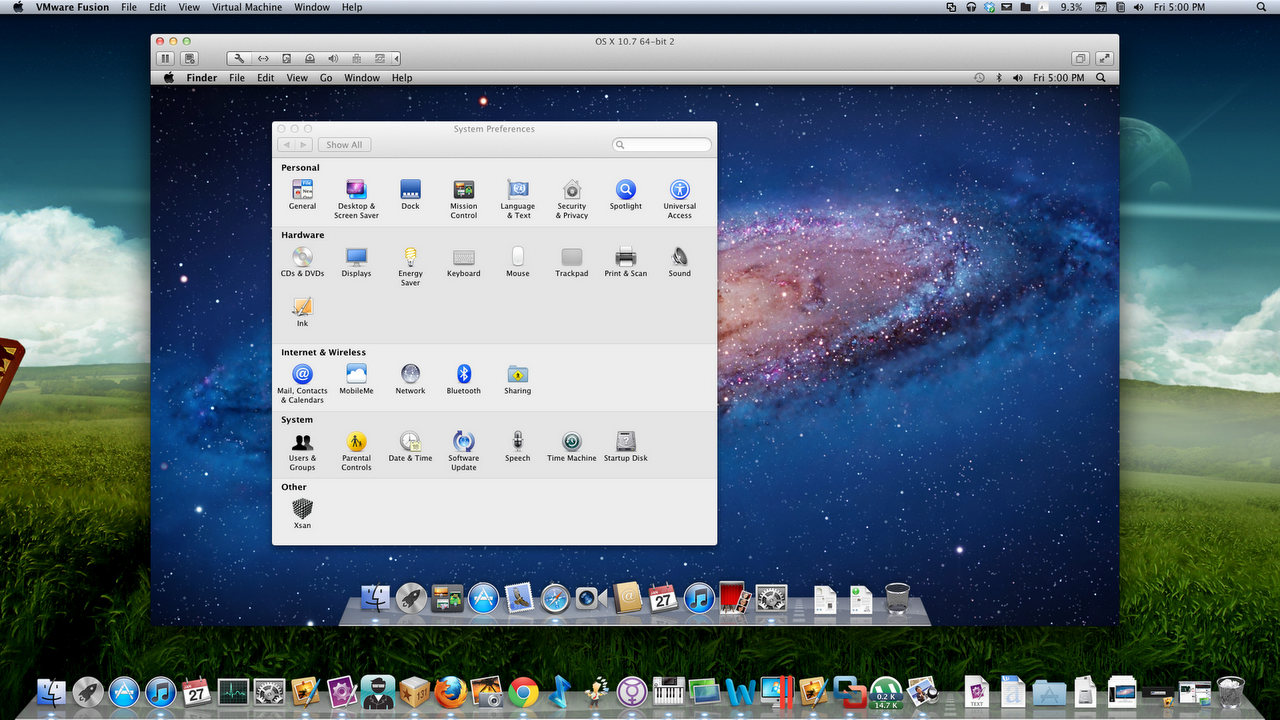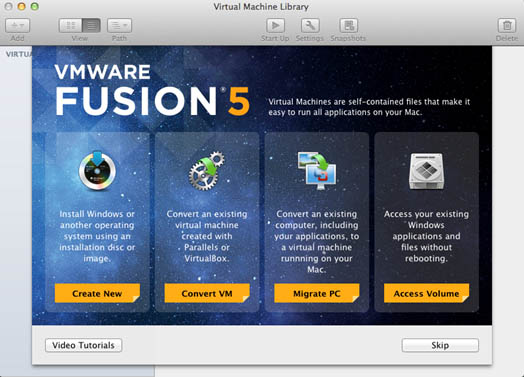


The two virtualization apps do differ in speed-not the speed of the virtual OSes themselves or the apps in them, but the speed with which they open, sleep, resume, and shut down those OSes. There are a few differences, though, and that’s what I focused on in assessing the latest versions of each. They offer similar features, similar performance, and at times, even look similar. VMware Fusion 5 ( )-on one of today’s ultrafast Macs, only the most hardcore Windows users will feel the need to reboot into Boot Camp to run Windows natively.Īnother result of this competition is that the two programs have evolved into near twins of each other. Running the current generations of these two virtualization programs. The two developers have pushed each other hard, and their products have leapfrogged each other to introduce new features and improve performance, resulting in two excellent alternatives. The advances they’ve made have been amazing. I’ve reviewed many generations of Parallels and Fusion, so I’ve seen them develop. Those first two options are the most popular-and, for most users, the most sensible-alternatives.
#Vmware fusion for mac comparison install
VirtualBox), and another solution that lets you install Windows apps without installing Windows (Ĭrossover). VMware Fusion), an open source alternative (

Four main options are now available: two commercial virtualization apps ( Since then, however, virtualization apps for the Mac have matured a lot.


 0 kommentar(er)
0 kommentar(er)
